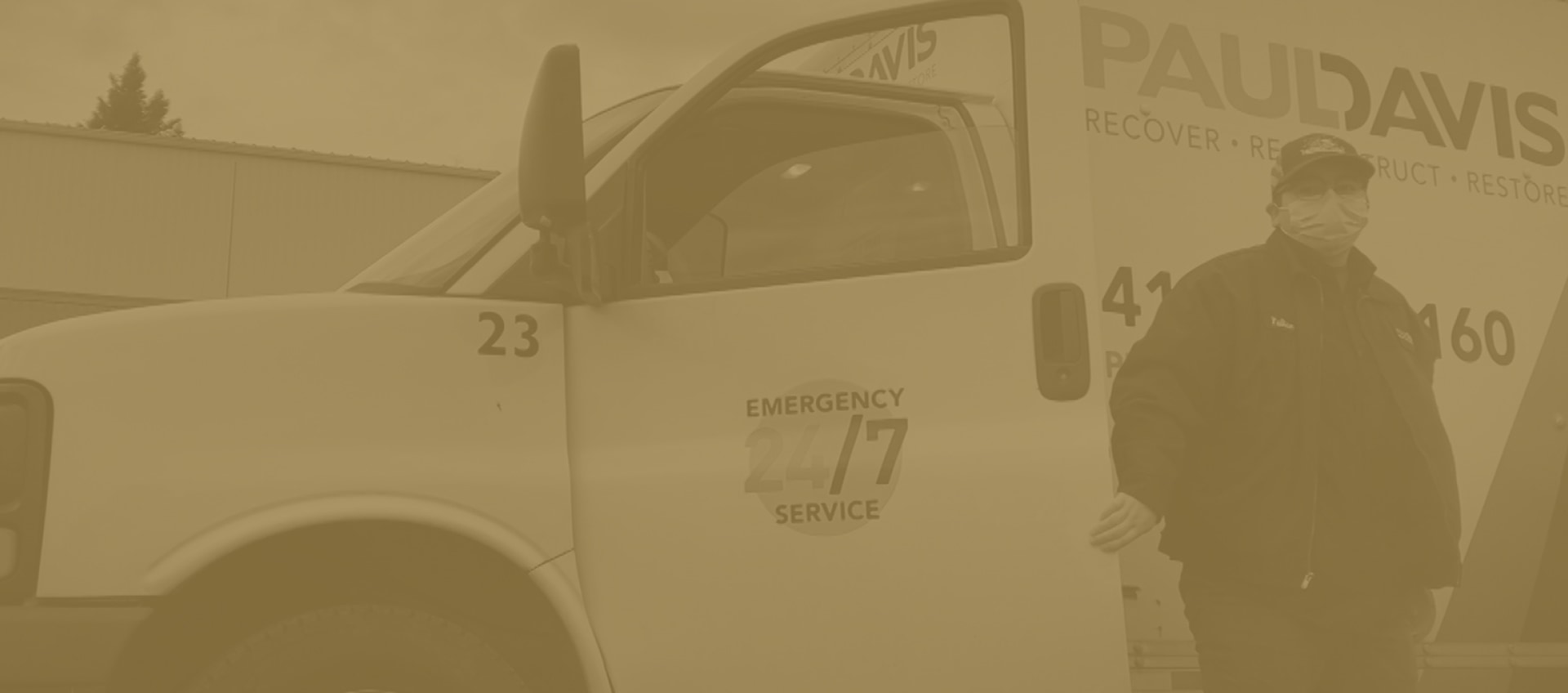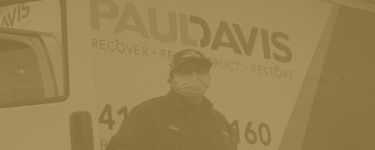Mold remediation is a meticulous process that requires expertise, precision, and dedication. For those unfamiliar with the profession, the daily routine of a mold remediation specialist might seem straightforward—arrive at a site, remove mold, and leave. However, the reality is far more complex and involves much more than just removing visible mold. Let’s take a behind-the-scenes look at a day in the life of a mold remediation specialist.
Starting the Day: Preparation is Key
The day begins early for a mold remediation specialist. Before heading to a job site, the team gathers to review the details of the day’s projects. Each job is unique, with varying levels of infestation, locations, and challenges. Specialists ensure they have all the necessary equipment, including protective suits, respirators, air scrubbers, moisture meters, and antimicrobial cleaning solutions. The preparation phase is crucial because mold remediation involves more than cleaning—it’s about ensuring safety and preventing future growth.
Arrival and Inspection
Once on-site, the first step is a thorough inspection. The specialist assesses the extent of the mold growth and identifies its source, which is often excess moisture caused by leaks, high humidity, or flooding. Using tools like thermal imaging cameras and moisture meters, they check areas where mold often hides, such as behind walls, under carpets, and inside HVAC systems. During this phase, the specialist also evaluates air quality to detect mold spores that are invisible to the naked eye.
Containment: Preventing the Spread
Containment is one of the most critical parts of mold remediation. The team sets up barriers, often using plastic sheeting and negative air pressure systems, to prevent mold spores from spreading to other areas of the property. This step requires precision and care, as improper containment can lead to cross-contamination, making the problem worse.
The Remediation Process
With the site contained, the specialist begins the remediation process. This involves removing mold-infested materials such as drywall, insulation, and carpets that cannot be salvaged. Items that can be saved are thoroughly cleaned with antimicrobial solutions. Air scrubbers are deployed to filter mold spores from the air, ensuring the environment is safe.
During this stage, specialists also address the source of moisture that caused the mold. Fixing leaks, improving ventilation, or using dehumidifiers are essential steps to ensure the mold does not return. The goal is not just to remove the mold but to create conditions where mold cannot thrive.
Communication with Clients
Throughout the day, the specialist communicates with the property owner. Transparency is key—clients are updated on the progress, educated about the remediation process, and provided with tips on preventing future mold issues. Specialists often answer questions and provide reassurance, especially since mold can be a stressful problem for homeowners.
Final Steps: Inspection and Clean-Up
The day ends with a final inspection to ensure all mold has been removed and the property is safe. The team cleans up the site, removes containment barriers, and conducts air quality tests. Once satisfied, they provide the homeowner with a detailed report and advice on maintaining a mold-free environment.
A Job Beyond Cleaning
Being a mold remediation specialist is about more than just removing mold—it’s about restoring safety, health, and peace of mind to homeowners. Every day brings new challenges, but the reward is knowing that their work makes a tangible difference in people’s lives. For these specialists, the job is not just a profession but a commitment to helping families and businesses overcome a difficult situation.



